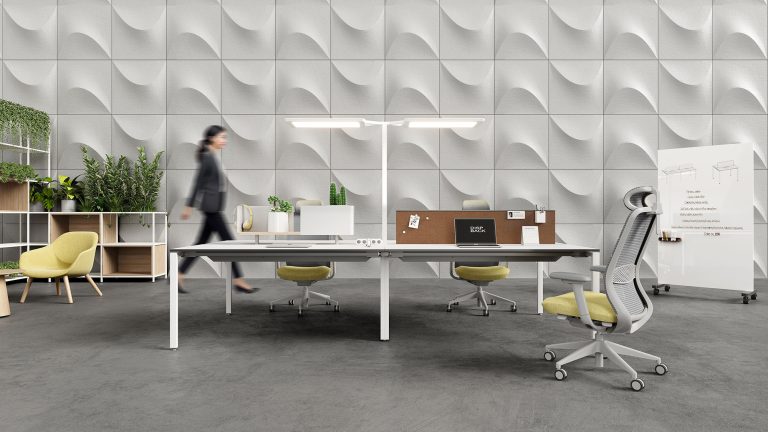
In the quest for innovation and competitive advantage, companies are increasingly recognizing that creativity is a crucial asset. While many factors contribute to fostering a creative environment, the role of office furniture is often overlooked. However, the design, layout, and functionality of office furniture can have a significant impact on employee creativity, shaping the way people think, collaborate, and generate new ideas.

In the modern business landscape, not all companies have the luxury of expansive office spaces. Many startups, small businesses, and even remote teams find themselves working in limited square footage. However, the constraints of space do not have to limit productivity or creativity. With thoughtful planning and the right choice of office furniture, even the smallest workspace can be transformed into a functional, efficient, and inspiring environment.

In hyper-competitive industries, neurodiversity—the spectrum of neurocognitive variations—is becoming a secret weapon. Yet most office furniture remains calibrated for "average" users, creating barriers for the 15% of workers with dyslexia, ADHD, or autism. Forward-thinking companies are now commissioning furniture that harmonizes with diverse brain chemistries, turning differences into strengths.
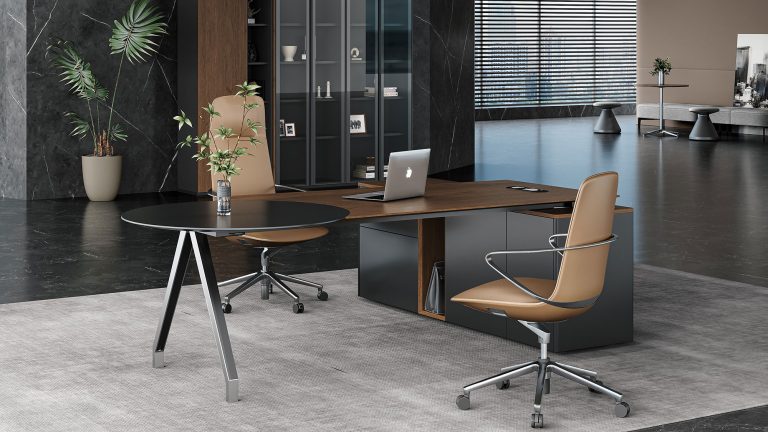
In the race to attract and retain top talent, companies often overlook a silent workforce ally: office furniture. Beyond aesthetics, the chairs we sit in, the tables we collaborate around, and the lighting that bathes our desks are critical levers in unlocking human potential. Smart organizations are reimagining furniture not as overhead costs but as strategic investments in employee well-being, creativity, and productivity.
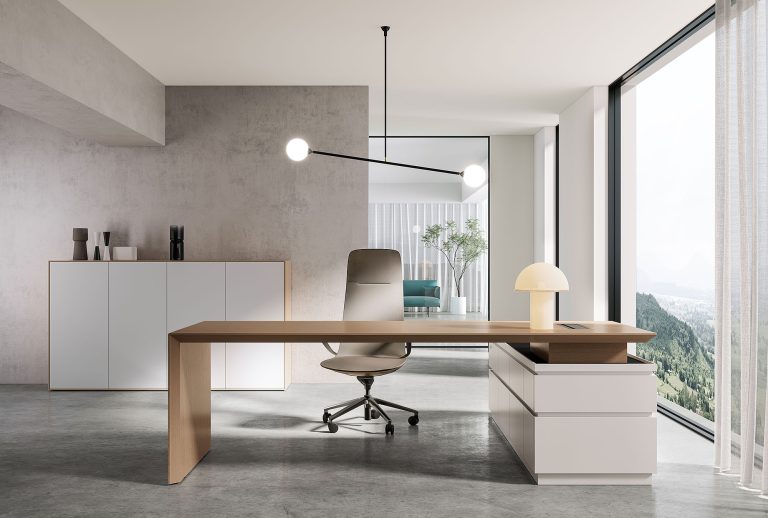
Office furniture is more than just a collection of desks and chairs; it is a powerful tool that can shape company culture and influence employee engagement. In today's competitive business environment, companies are increasingly recognizing the importance of creating a workplace that not only supports productivity but also fosters a sense of belonging and motivation among employees.
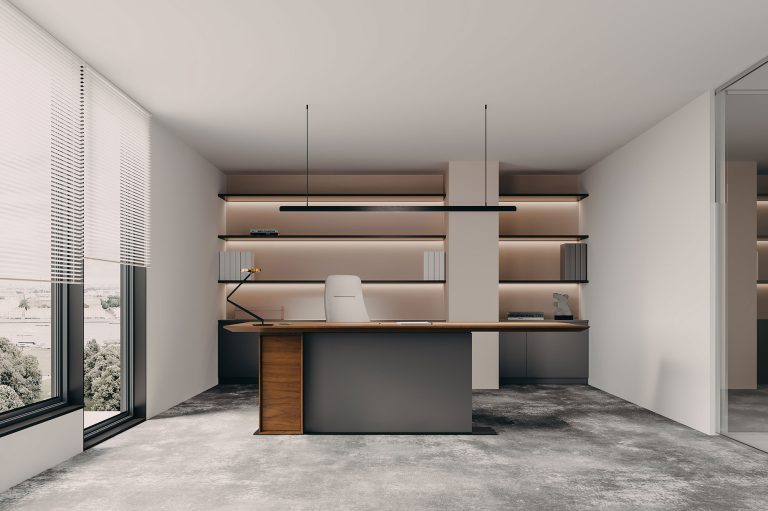
In recent years, the rise of remote work has transformed the way we approach our professional lives. While the traditional office environment has its own set of advantages, many employees now find themselves working from home or other remote locations. In this new context, the importance of office furniture in enhancing productivity and well-being cannot be overstated.
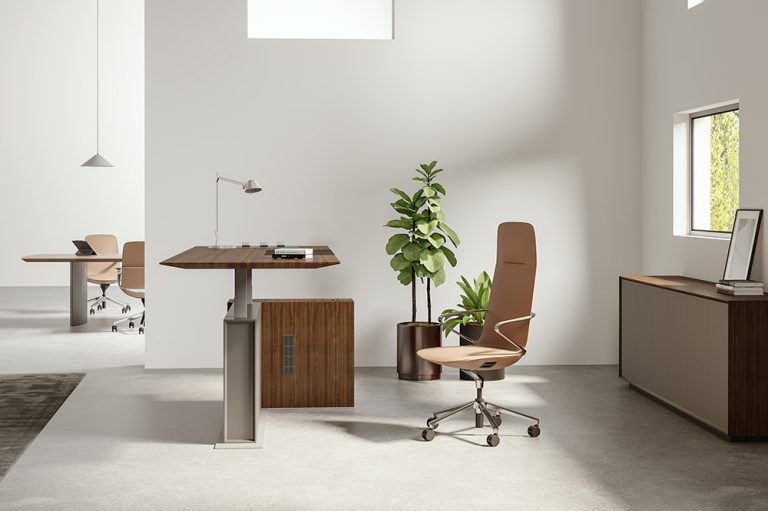
The modern workplace is a living organism, constantly adapting to technological shifts, cultural preferences, and global challenges. As we look ahead to 2025, office furniture trends are poised to transcend mere aesthetics, evolving into intelligent ecosystems that prioritize connectivity, adaptability, and human-centric design. Here are four transformative trends redefining the future of work.
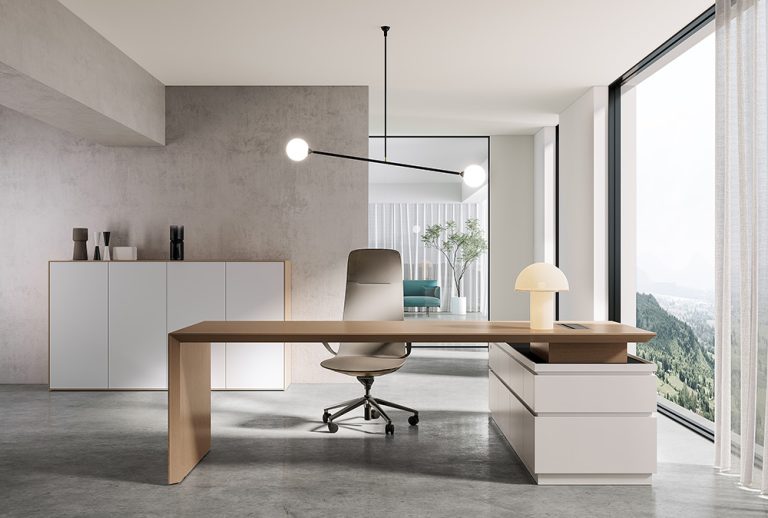
In today’s rapidly evolving workplace ecosystem, office furniture is no longer merely functional—it’s a strategic tool for fostering productivity, collaboration, and employee well-being. As hybrid work models blur the lines between office and remote settings, the design and purpose of office furniture are undergoing a transformative shift. This article explores three key trends reshaping modern office environments.
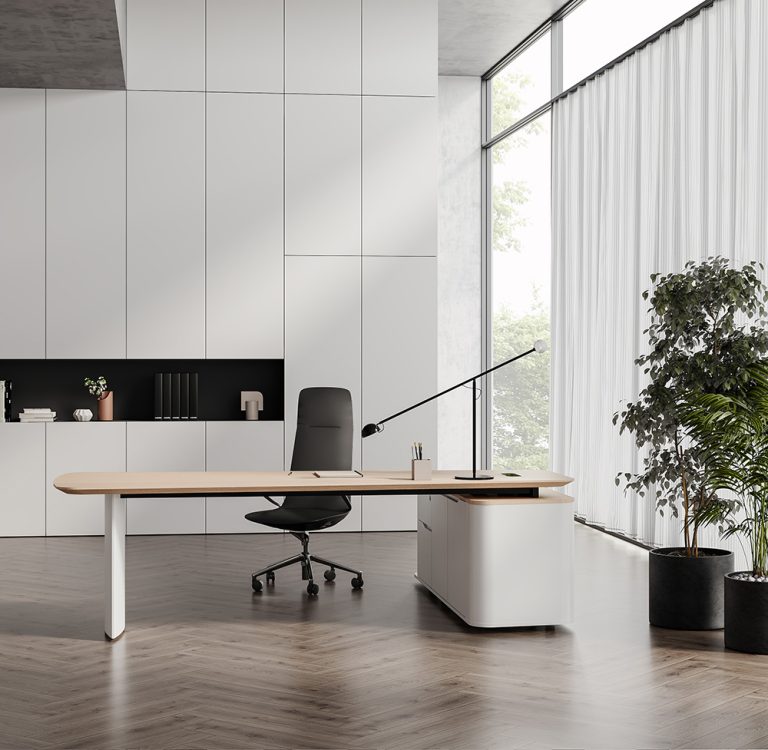
In the modern workplace, office furniture has transcended its basic functional role to become a cornerstone of employee well-being and productivity. The evolution of office furniture is a fascinating journey that reflects changing work cultures and the increasing emphasis on creating optimal working environments.
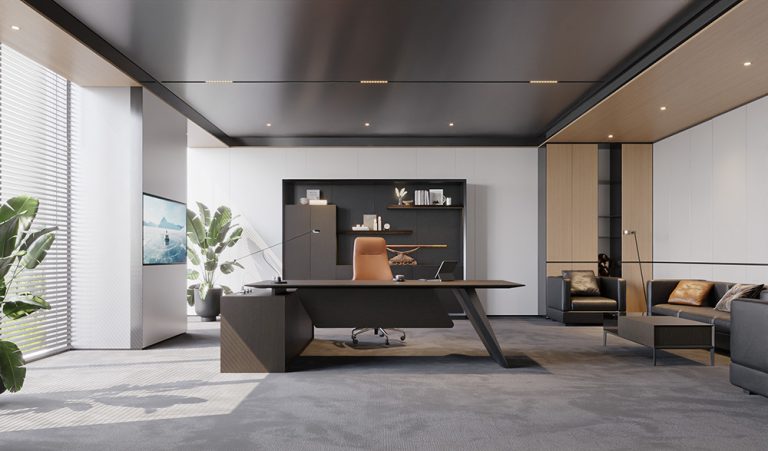
Collaboration is essential for a successful and innovative workplace. Office furniture plays a crucial role in shaping how employees interact and work together. The right furniture choices can encourage teamwork, improve communication, and create an environment where ideas flow freely.
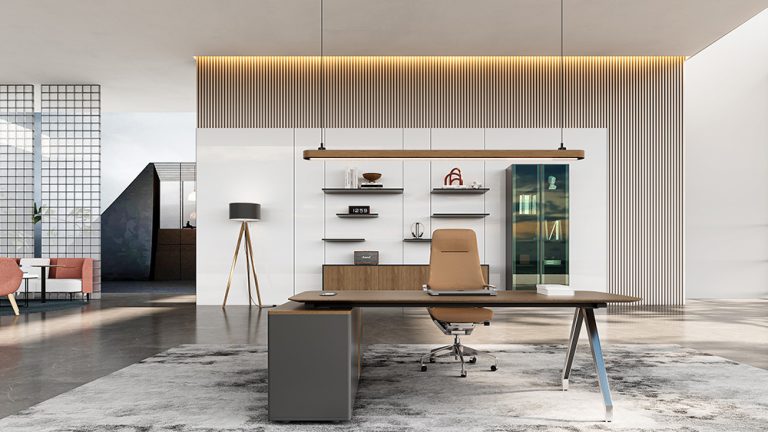
Standing desks have gained popularity as an alternative to traditional seated workstations. With growing awareness of the negative effects of prolonged sitting, many businesses are incorporating standing desks into their office environments to improve employee health and productivity.
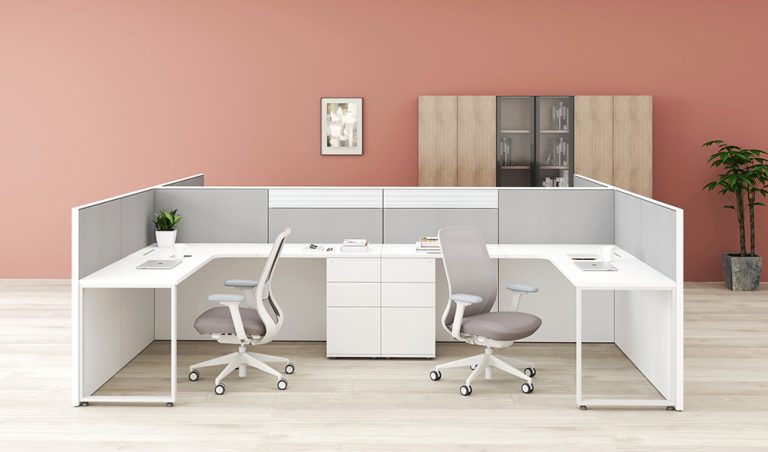
Office furniture is not just about aesthetics and comfort—it also has a significant psychological impact on employees' productivity and well-being. The design, color, and arrangement of office furniture influence mood, motivation, and overall job satisfaction.
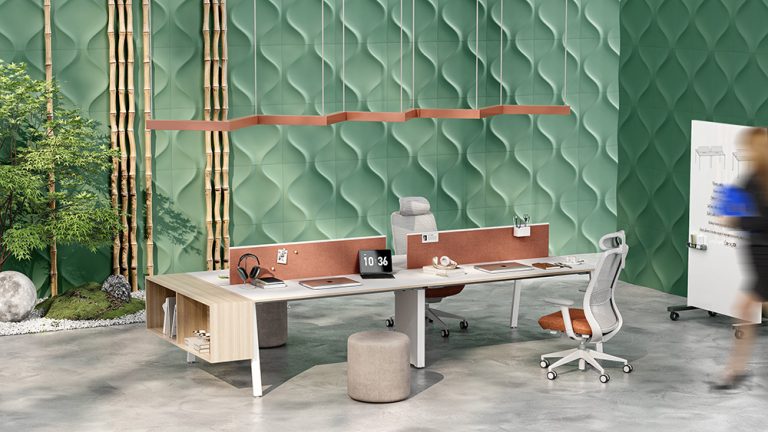
In modern office environments, office furniture is not just about filling space; it plays a crucial role in enhancing work efficiency and employee comfort. Choosing the right office furniture can create a productive atmosphere, boost concentration, and increase job satisfaction. Below, we will explore how to select the ideal office furniture to build an efficient and comfortable workspace.
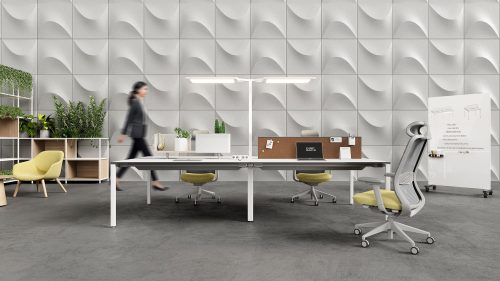
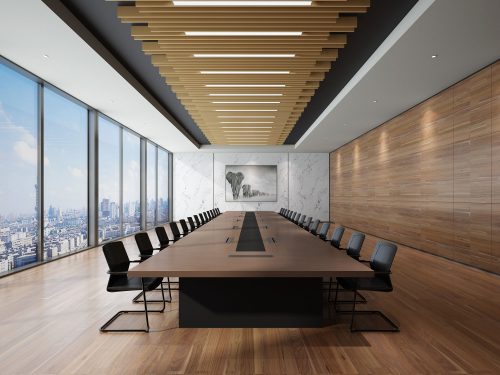
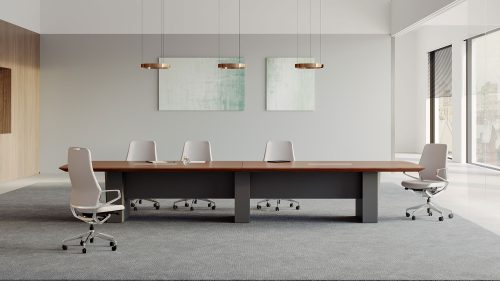
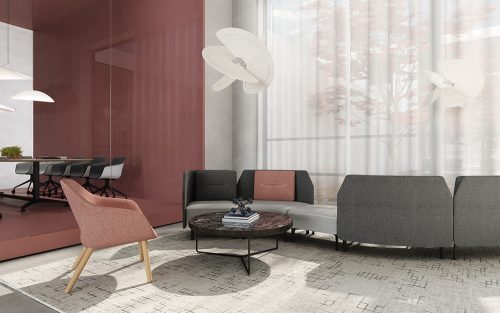
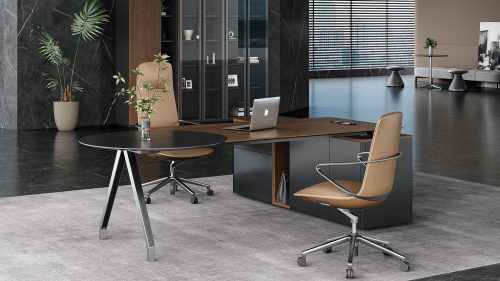
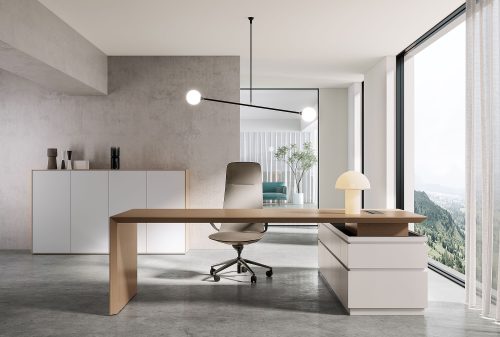

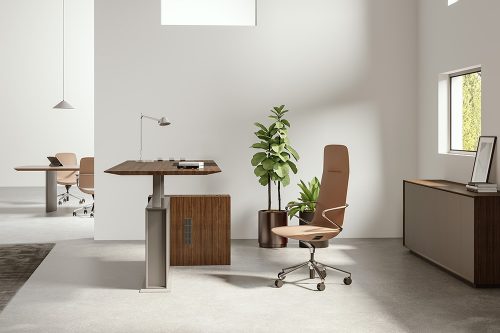
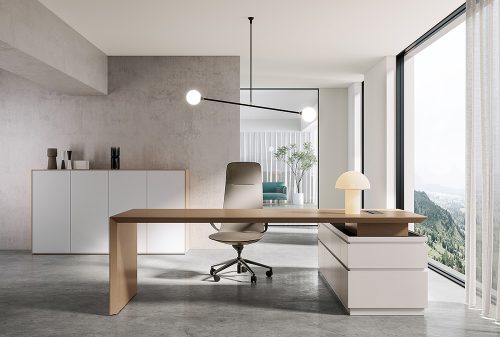
We use cookies on our website to see how you interact with it. By accepting, you agree to our use of such cookies. Cookie Policy

